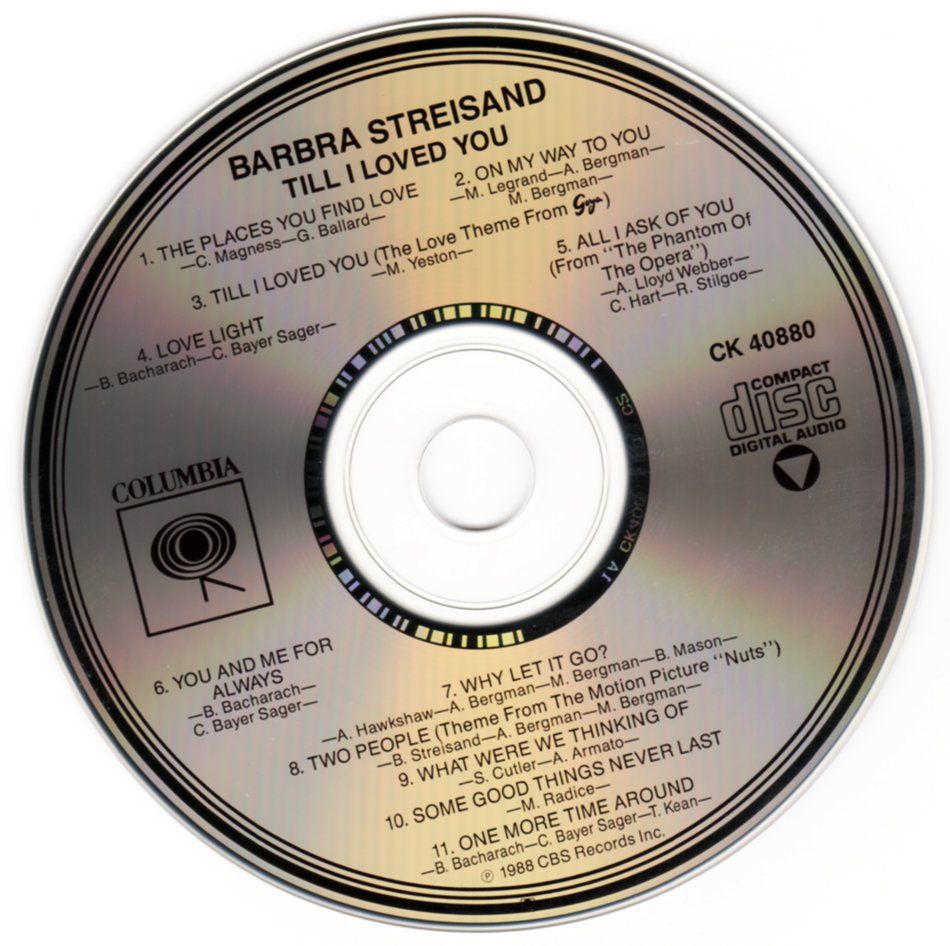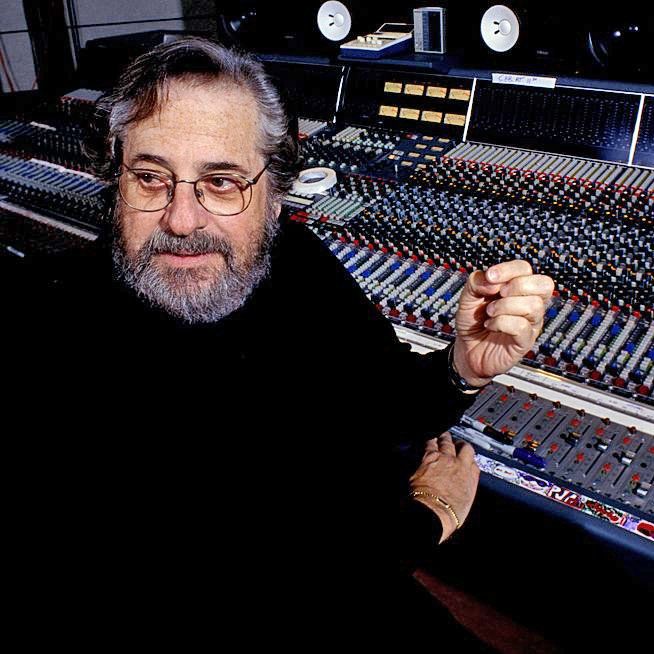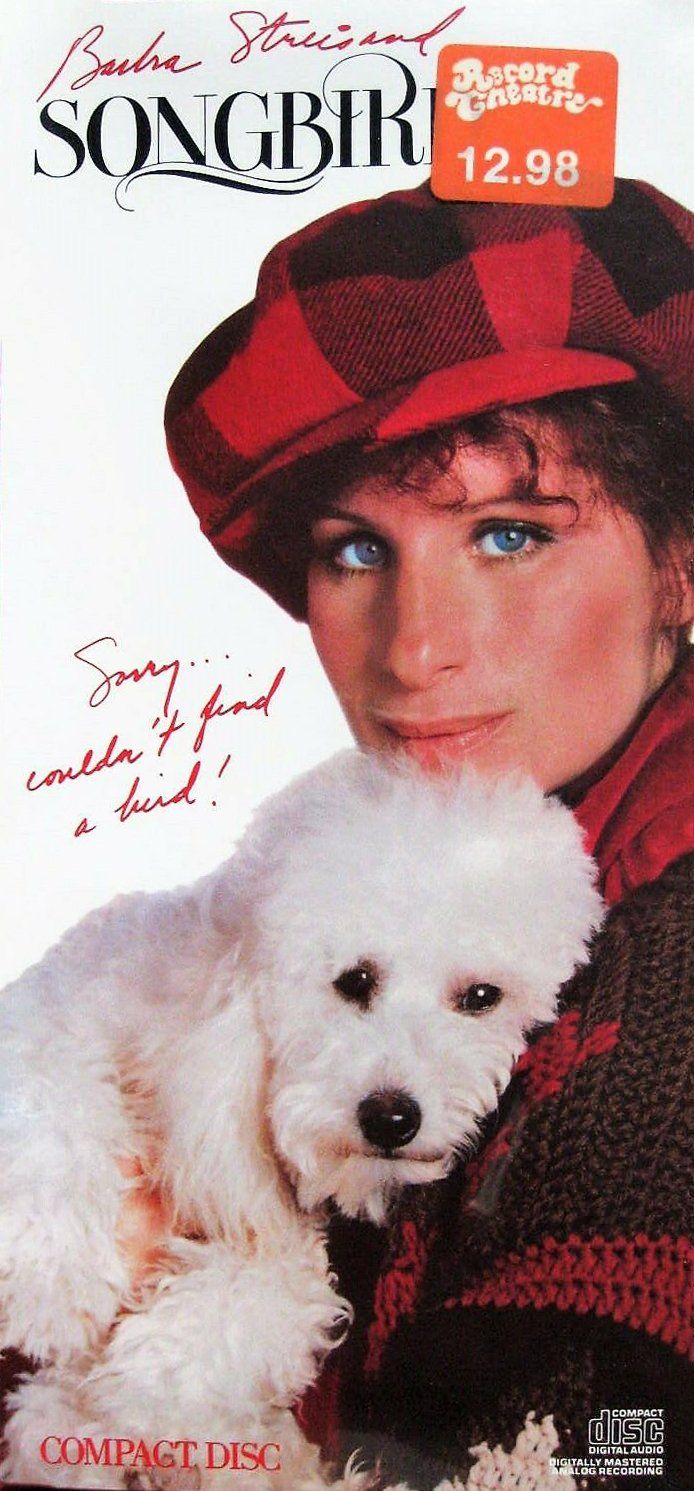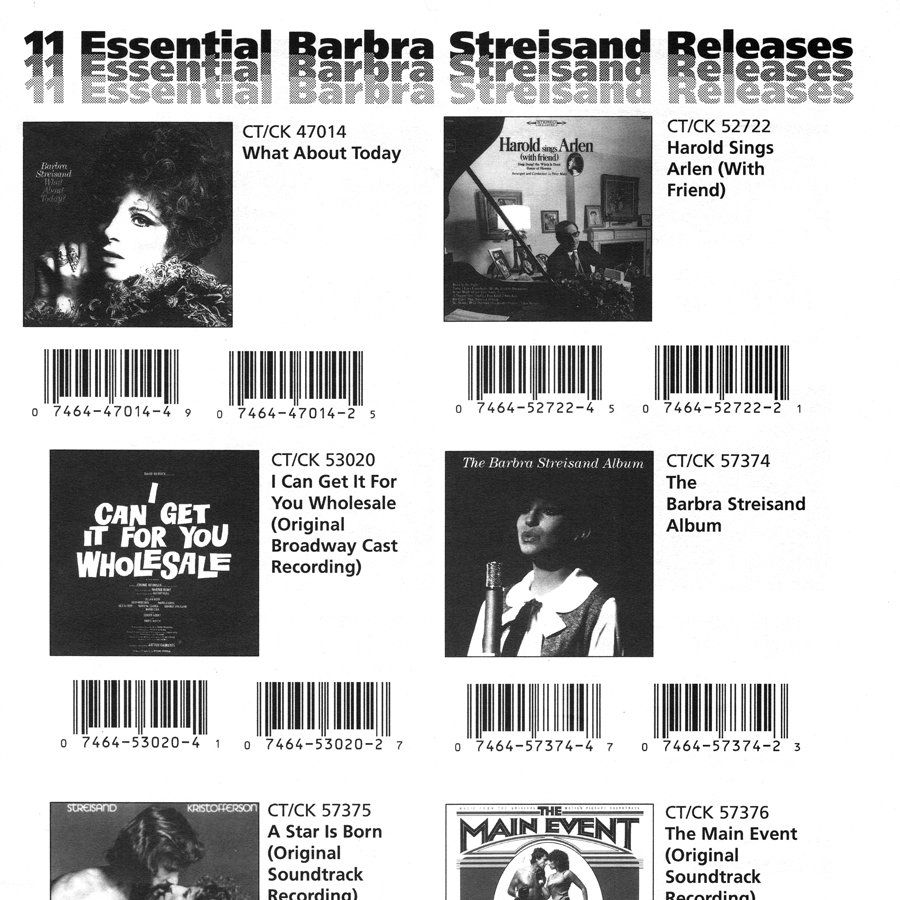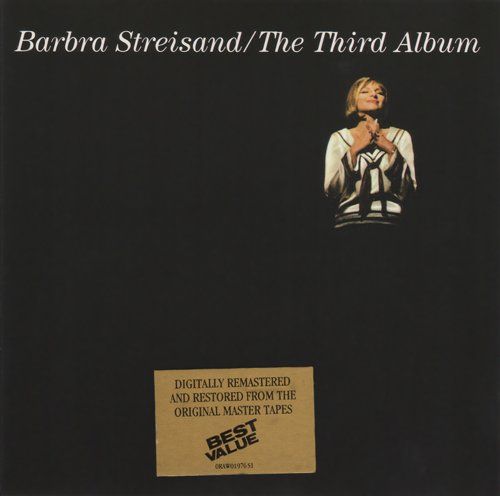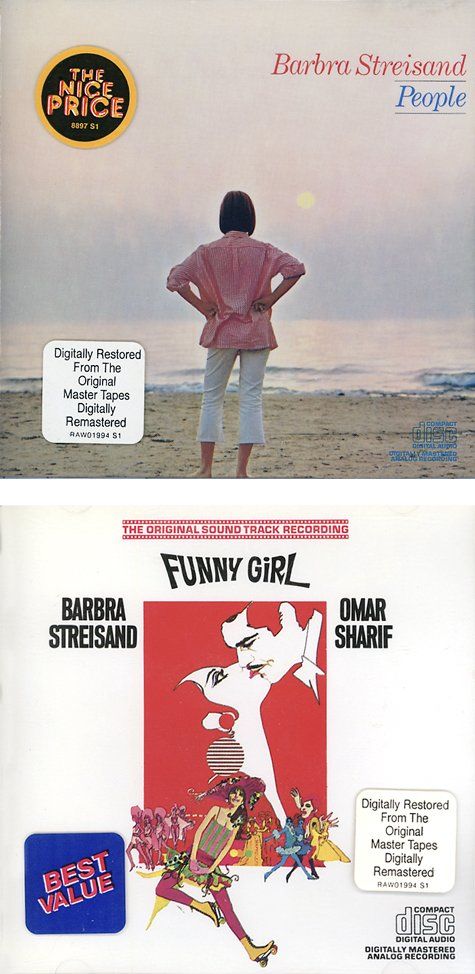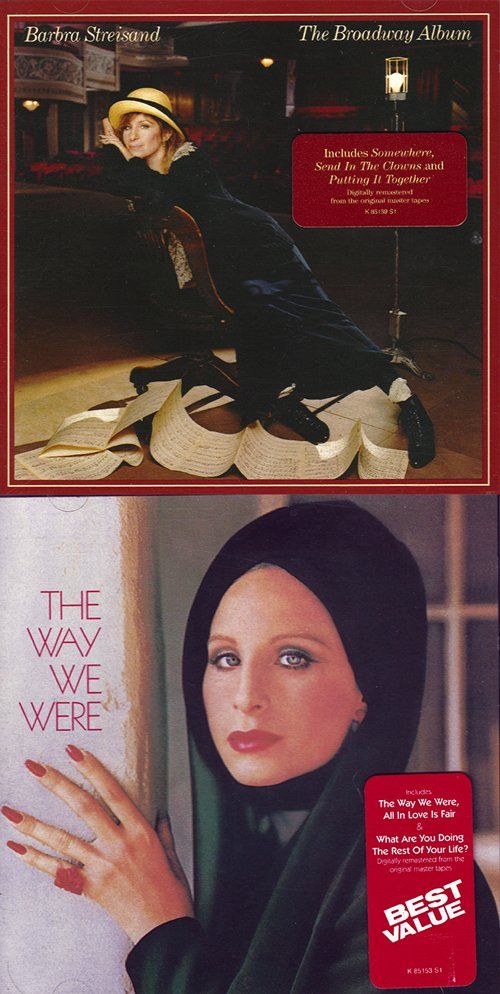Phil Ramone — he engineered the sound for some of Barbra's live concerts and also produced records for her — did a great job explaining how he made all those great records over the years in his book Making Records: The Scenes Behind the Music:
When we cut records thirty years ago, they sounded good in the control room, but it was hard to channel that sound onto an LP. Session tapes underwent a lot of tweaking during their transposition to vinyl, and the compromising to compensate for vinyl’s deficiencies began in the mixing phase and ended in mastering.
In mastering a tape for LP, you had to cut back the bass, crank up the mid-range and high end, and use compression to make it sound pleasing on an average record player. There was a complex physiology behind groove width and depth, and the width of the grooves changed as you got toward the end of the record. The last track on an album was the most problematic; if you didn’t master the tape and cut the disc properly it would sound distorted. You could have the most dynamic mix in the world, but it would sound awful if you couldn’t squeeze it into a record’s grooves.
[...] With the CD, groove physiology is no longer a factor. But since digital recording’s high resolution can magnify a mix’s flaws, mastering becomes even more critical in the digital domain.

